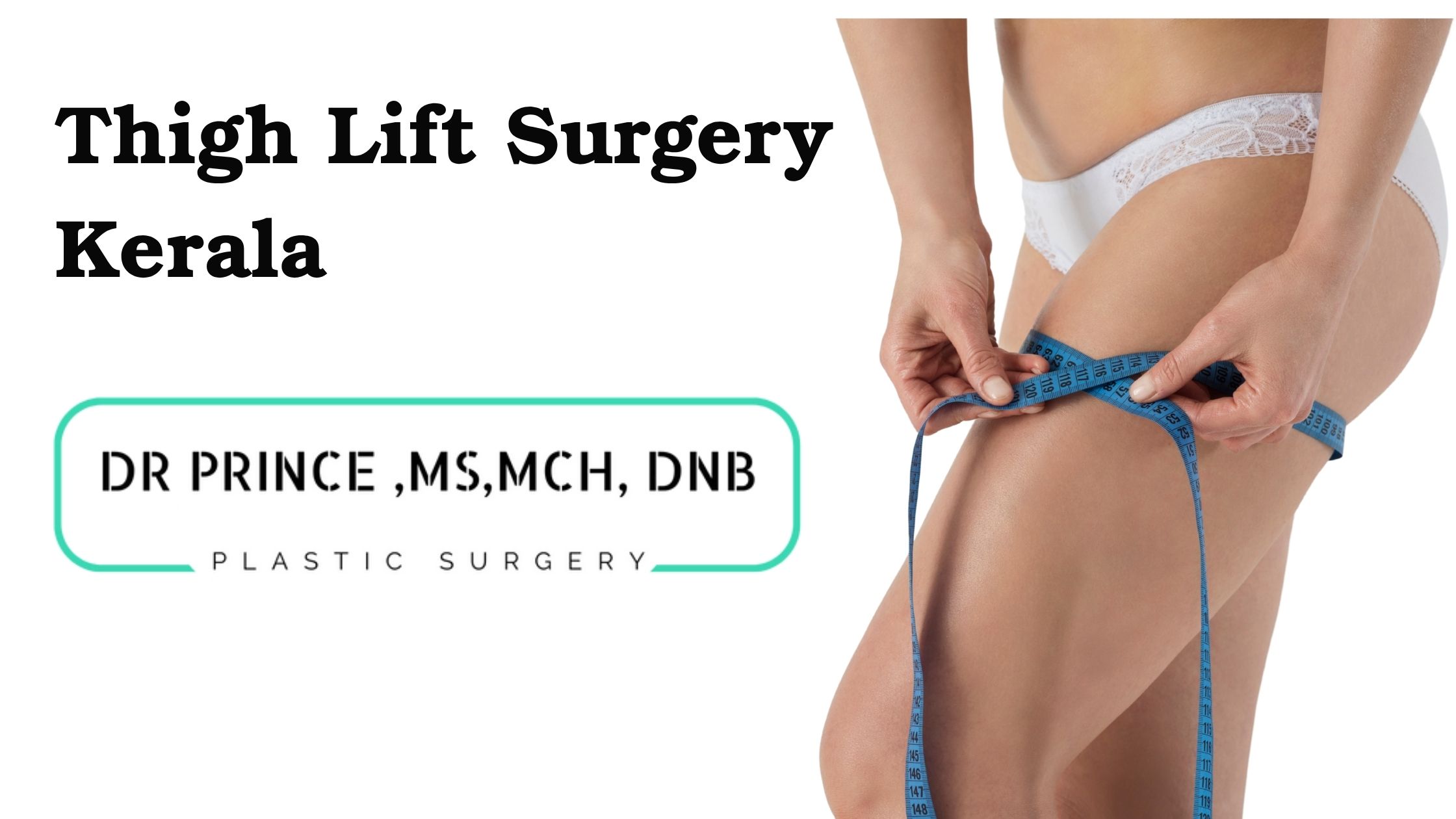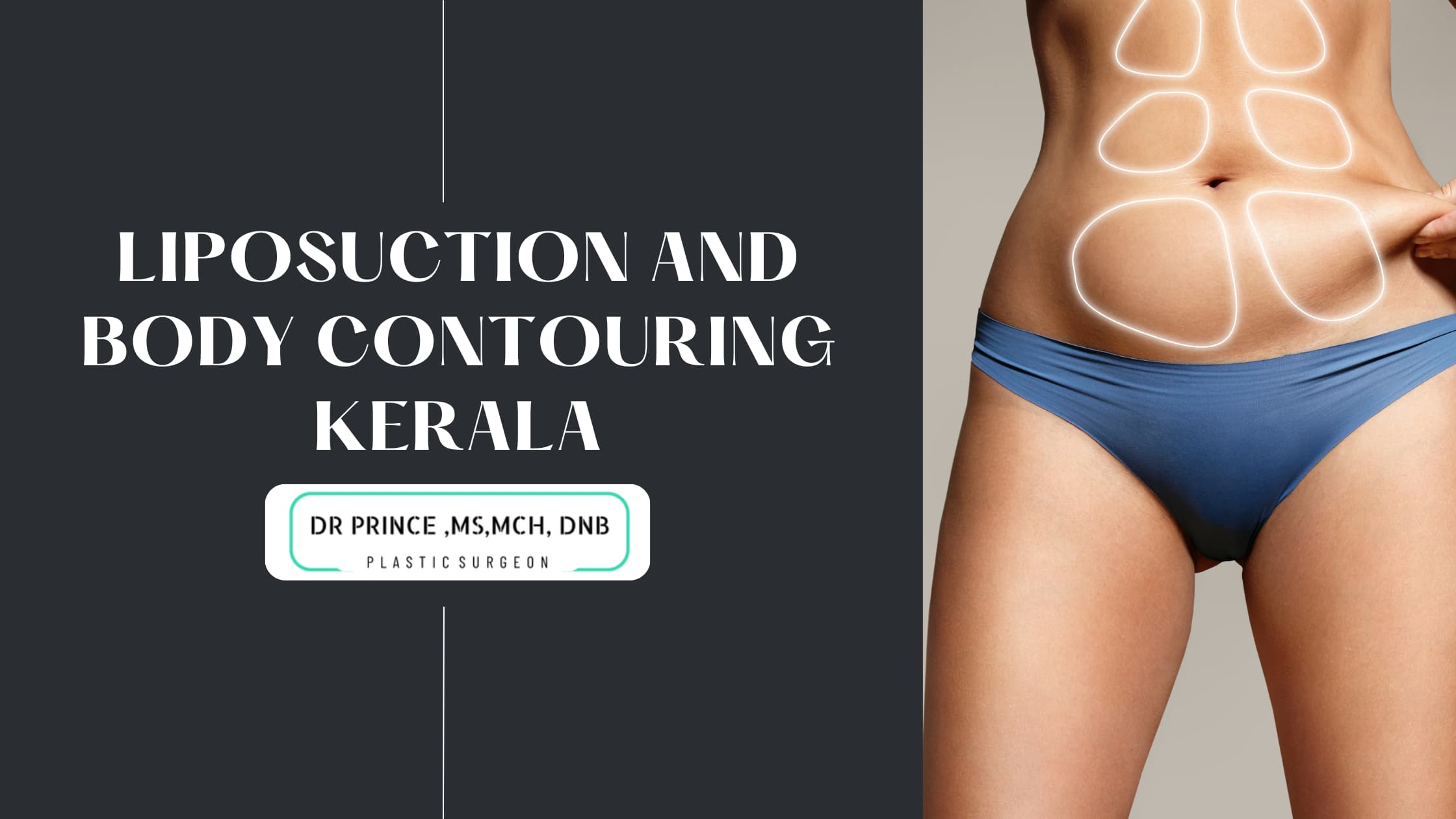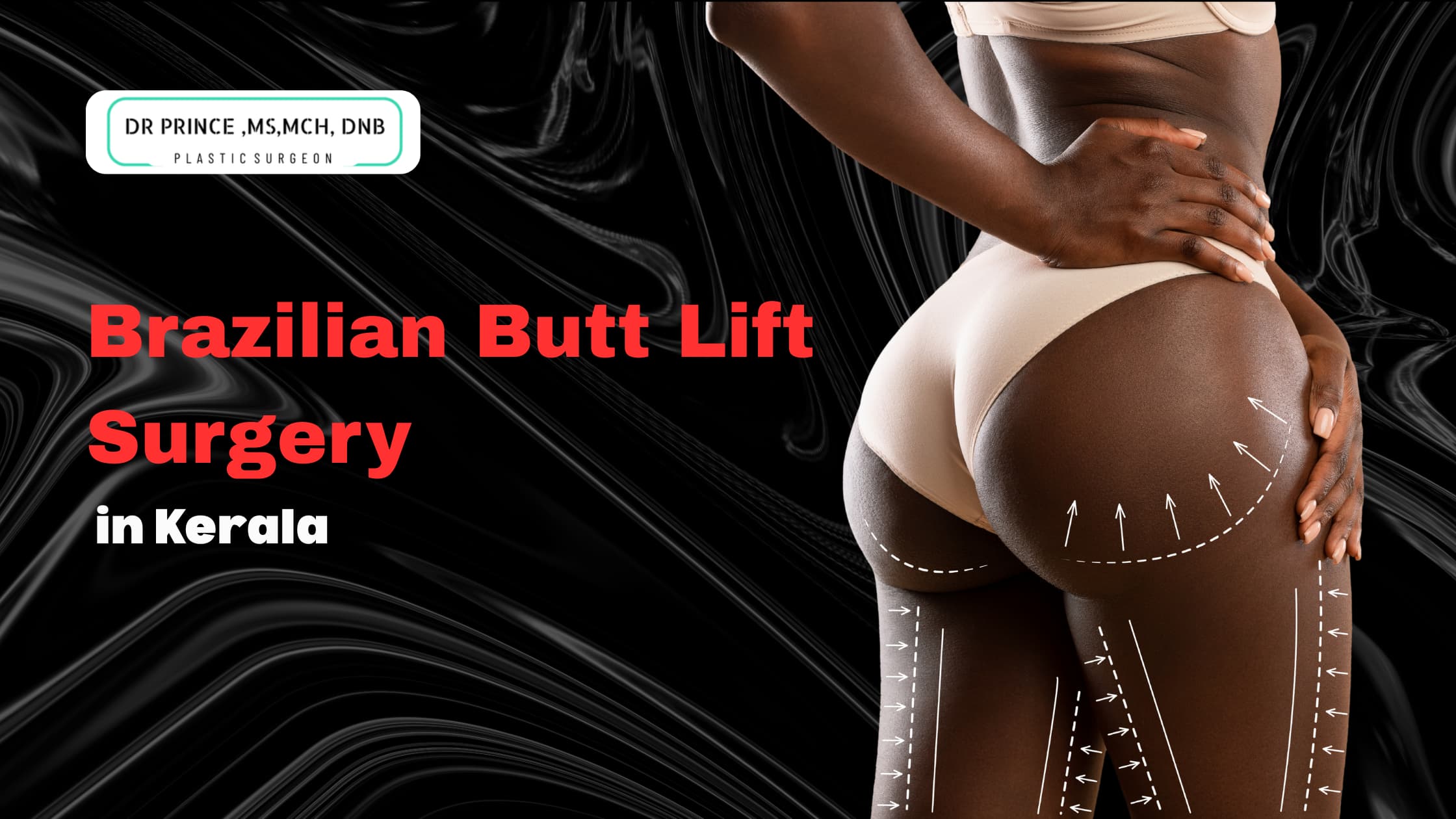Plastic surgery stands at the intersection of art and science—where precision meets transformation and aesthetic vision aligns with medical expertise. Among the most refined and impactful procedures in this field is the Rhinoplasty procedure, commonly referred to as a “nose job.” This surgical technique is not merely about altering the shape of the nose but about enhancing facial harmony, improving function, and restoring confidence.
The Rhinoplasty procedure has evolved significantly over the decades, combining advanced surgical methods with an individualized approach tailored to each patient’s unique anatomy and aesthetic goals. Whether addressing cosmetic concerns, correcting a deviated septum, or repairing trauma-related deformities, rhinoplasty offers a versatile solution that requires both technical skill and artistic sensibility.
In this comprehensive blog, we delve deeply into every facet of the Rhinoplasty procedure—its historical origins, modern surgical techniques, the full spectrum of patient experiences, recovery protocols, and outcomes. Designed to educate, inform, and empower, this guide aims to support patients who are considering this transformative journey toward improved nasal aesthetics and function.
What Is the Rhinoplasty Procedure?
The Rhinoplasty procedure—commonly known as a “nose job”—is a specialized form of facial plastic surgery designed to reshape or reconstruct the nose. This versatile surgical technique serves both cosmetic and functional purposes, making it one of the most frequently performed and impactful procedures in aesthetic and reconstructive surgery.
From a cosmetic perspective, the rhinoplasty procedure can refine the nasal bridge, reshape the tip, narrow the nostrils, or adjust the overall size and symmetry of the nose to create a more proportionate and aesthetically pleasing facial profile. Functionally, rhinoplasty can correct structural abnormalities—such as a deviated septum or nasal valve collapse—that impair breathing and airflow.
What distinguishes the rhinoplasty procedure is its delicate balance of surgical precision and artistic sensibility. Each nose is unique, and the procedure must be tailored meticulously to complement the individual’s facial anatomy, ethnicity, and personal goals. This custom approach ensures that the results are not only beautiful but also natural-looking and sustainable over time.
Whether performed for aesthetic enhancement, functional correction, or reconstructive needs, the rhinoplasty procedure remains a cornerstone of transformative plastic surgery—capable of significantly improving both appearance and quality of life.
Why People Choose the Rhinoplasty Procedure
Patients choose the Rhinoplasty procedure for a range of personal, medical, and aesthetic reasons. At its core, rhinoplasty is not just about changing the nose—it’s about enhancing function, restoring confidence, and achieving facial harmony. Common motivations include:
Cosmetic Refinement: Adjusting the nasal tip, bridge, nostrils, or overall profile to achieve better symmetry or proportion.
Functional Correction: Improving airflow by correcting structural issues like a deviated septum or nasal valve collapse.
Trauma Repair: Reconstructing the nose after injury or fractures to restore both shape and function.
Emotional and Psychological Well-Being: A more balanced facial appearance often contributes to increased self-confidence and improved quality of life.
Each Rhinoplasty procedure performed by Dr. Prince is individually customized, ensuring that patient goals are clearly understood and aligned with the most suitable surgical approach.
Who Benefits?
Determining candidacy is essential to ensure safe and successful outcomes from a Rhinoplasty procedure. Ideal candidates typically meet the following criteria:
Are in good general health with no untreated medical conditions that could impair healing.
Have realistic expectations about the results and understand the limitations of surgery.
Present with concerns such as congenital nasal shape issues, nasal obstruction, or previous trauma.
Have completed facial growth, usually in late teens or early adulthood, to allow for stable, long-term results.
Before proceeding, Dr. Prince conducts a comprehensive consultation evaluating nasal anatomy, skin thickness, airway function, and aesthetic goals to ensure the Rhinoplasty procedure is both safe and effective.
Types of Rhinoplasty Procedure
The Rhinoplasty procedure can be approached in several distinct ways, depending on the complexity of the case, patient anatomy, aesthetic goals, and the surgeon’s assessment. The two primary techniques are Open Rhinoplasty and Closed Rhinoplasty, each with its own advantages, limitations, and indications. Understanding the differences helps patients make informed decisions during their consultation.
Open Rhinoplasty Procedure
The Open Rhinoplasty procedure involves making a small external incision across the columella—the narrow strip of skin that separates the nostrils. This allows the nasal skin to be gently lifted, fully exposing the underlying bone and cartilage structures.
Key advantages of the Open approach:
Superior visibility and precision: The open technique offers complete access to the nasal framework, which is especially beneficial for:
Correcting complex deformities
Performing revision rhinoplasty
Reshaping the nasal tip or bridge with a high level of control
Ideal for structural grafting: Cartilage grafts—harvested from the septum, ear, or rib—can be precisely placed under direct visualization.
More predictable outcomes in intricate cases involving asymmetry, post-traumatic changes, or severe deviation.
Considerations:
May involve a slightly longer surgical time.
Leaves a small external scar on the columella; however, it typically heals well and becomes virtually unnoticeable over time.
Recovery may involve slightly more swelling compared to the closed technique.
The Open Rhinoplasty procedure is often the preferred choice for patients requiring detailed structural modifications or undergoing revision rhinoplasty after a previous surgery.
Closed Rhinoplasty Procedure
The Closed Rhinoplasty procedure—also known as endonasal rhinoplasty—places all incisions within the nostrils, with no visible external scars. Through these internal incisions, Dr. Prince reshapes the bone and cartilage without lifting the nasal skin.
Key advantages of the Closed approach:
No visible scarring: All surgical work is performed internally.
Reduced operative time and typically faster recovery due to less tissue disruption.
Preservation of nasal support structures, which can be beneficial for patients seeking modest cosmetic improvements.
Ideal candidates for Closed Rhinoplasty:
Patients requiring minor to moderate refinements, such as:
Straightening a slight dorsal hump
Subtle tip rotation or definition
Narrowing of the nasal bones
Individuals undergoing primary (first-time) rhinoplasty without significant functional or structural concerns
Considerations:
Limited visibility for the surgeon, which may not be suitable for complex nasal anatomy or significant asymmetry.
Less flexibility in grafting or revision cases compared to the open approach.
Customizing the Technique for Each Patient
At the Sushrutha Institute of Plastic Surgery, Dr. Prince chooses the most suitable surgical technique only after a thorough clinical assessment, including:
Nasal anatomy and internal structure
Skin thickness and elasticity
Degree of reshaping required
History of prior nasal surgery or trauma
Functional concerns, such as nasal obstruction or breathing difficulty
In some cases, hybrid techniques may be used, blending aspects of both open and closed rhinoplasty for optimal results.
Whether using the open rhinoplasty procedure for detailed restructuring or the closed rhinoplasty procedure for minimal refinements, Dr. Prince ensures that each approach is carefully matched to the patient’s anatomy and expectations—delivering precise, natural-looking, and long-lasting results.
Safety and Risks of the Rhinoplasty Procedure
The Rhinoplasty procedure is a time-tested and widely performed surgical intervention, known for its ability to produce transformative aesthetic and functional results. While it is generally safe when performed by a skilled and experienced plastic surgeon like Dr. Prince, it remains a surgical procedure—and, as such, carries inherent risks and considerations that every patient should understand before proceeding.
Common Post-Operative Effects
Most patients undergoing the Rhinoplasty procedure can expect several normal and temporary side effects during the initial healing phase. These include:
Swelling and bruising around the nose and eyes, typically most noticeable within the first 7–10 days, gradually subsiding over a few weeks.
Nasal congestion or stuffiness, due to internal swelling and splinting.
Mild discomfort or tenderness, especially in the nasal bridge and tip areas.
Temporary loss of smell or nasal dryness, which usually resolves spontaneously.
These effects are part of the body’s natural healing process and are carefully managed through appropriate post-operative care, medications, and follow-up visits.
Less Common Complications
Although uncommon, some patients may experience minor complications following their Rhinoplasty procedure, such as:
Bleeding: Minor bleeding is normal during the first few days, but prolonged or heavy bleeding is rare and may require medical attention.
Infection: Very rare due to the nose’s vascularity and sterile surgical technique, but possible. Preventive antibiotics are typically administered as a precaution.
Wound healing issues: Delayed healing, minor skin irritation, or suture reactions may occur, particularly in patients with sensitive or oily skin.
Scarring: In open rhinoplasty, the columellar scar usually fades well, though in rare cases, it may become raised or pigmented.
Any of these issues are closely monitored by Dr. Prince and addressed promptly if they arise.
Rare but Serious Risks
Though rare, certain long-term or structural complications may occur after a Rhinoplasty procedure, including:
Persistent or worsened breathing difficulty, if internal nasal structures become obstructed or improperly healed.
Nasal asymmetry or contour irregularities, particularly if cartilage shifts during healing.
Septal perforation (a hole in the nasal septum), which is extremely rare but may cause chronic nasal symptoms.
Skin or tissue necrosis, most commonly in smokers or patients with vascular issues, though highly unusual.
Need for revision surgery, which occurs in a small percentage of cases when results do not meet the patient’s or surgeon’s expectations due to healing variability or structural complexities.
The goal of a Rhinoplasty procedure is to improve the appearance, structure, or function of the nose. It may involve reshaping the nasal tip, correcting a hump, narrowing the nostrils, or improving breathing by correcting internal anatomical issues such as a deviated septum.
Ideal candidates are healthy individuals with fully developed facial features (typically after the mid-to-late teens), who have realistic expectations and are seeking cosmetic improvement, functional correction, or both. A consultation with Dr. Prince will determine suitability for the Rhinoplasty procedure based on anatomy and goals.
In a Closed Rhinoplasty, incisions are made inside the nostrils, leaving no external scars. In an Open Rhinoplasty, a small incision is made across the columella. This scar typically heals very well and becomes virtually invisible over time.
Initial recovery takes about 1 to 2 weeks. Patients often return to light work or social activities after 7–10 days. Full healing—including resolution of swelling and final results—can take up to 12 months, especially in the nasal tip area.
Yes, the results are intended to be long-lasting. While natural aging continues, the structural changes made during the Rhinoplasty procedure are permanent. A well-performed surgery by Dr. Prince ensures the nose remains functional and aesthetically balanced over time.
Absolutely. Many patients undergo functional rhinoplasty to correct internal issues like a deviated septum, enlarged turbinates, or collapsed nasal valves. Dr. Prince evaluates both cosmetic and functional concerns to ensure optimal breathing post-surgery.










